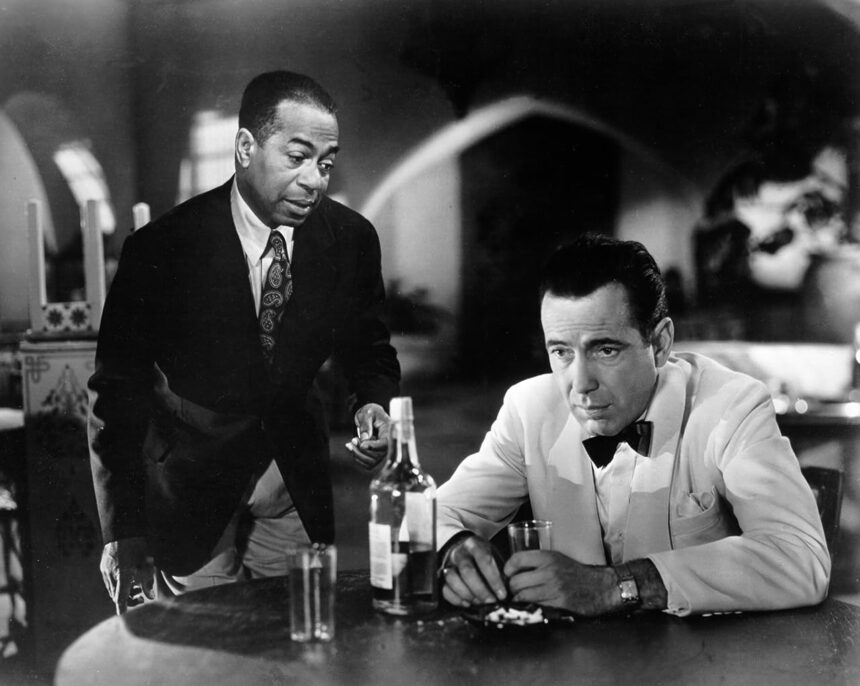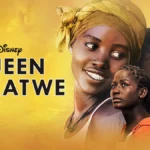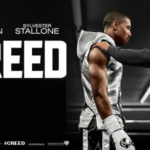The allure of black-and-white films lies in their ability to transcend the limitations of color and capture the essence of storytelling in its purest form. These classics, with their masterful cinematography and compelling narratives, have left an indelible mark on the history of cinema. Here’s a curated list of the top 10 classic black-and-white films that continue to enchant audiences and define the art of filmmaking.
1. Casablanca (1942)
Directed by Michael Curtiz, “Casablanca” is a timeless classic that unfolds against the backdrop of World War II. Humphrey Bogart and Ingrid Bergman deliver unforgettable performances in this tale of love, sacrifice, and political intrigue set in a Moroccan city teeming with refugees.
2. Citizen Kane (1941)
Orson Welles’ groundbreaking masterpiece, “Citizen Kane,” is a cinematic tour de force that redefined storytelling in film. The story of Charles Foster Kane’s rise and fall, combined with Gregg Toland’s innovative cinematography, cements its status as one of the greatest films of all time.
3. Gone with the Wind (1939)
Victor Fleming’s epic adaptation of Margaret Mitchell’s novel, “Gone with the Wind,” remains a cinematic milestone. Vivien Leigh’s portrayal of Scarlett O’Hara, set against the backdrop of the American Civil War, continues to captivate audiences with its grandeur and emotional depth.
4. Schindler’s List (1993)
Steven Spielberg’s powerful and haunting “Schindler’s List” tells the true story of Oskar Schindler, a German businessman who saved the lives of more than a thousand Polish Jews during the Holocaust. The film’s black-and-white cinematography adds a stark realism to this emotionally wrenching narrative.
5. 12 Angry Men (1957)
Sidney Lumet’s “12 Angry Men” is a gripping courtroom drama that takes place almost entirely in a jury room. The film’s intense exploration of justice and prejudice, combined with its minimalist setting, showcases the power of storytelling and character development.
6. Psycho (1960)
Alfred Hitchcock’s “Psycho” is a psychological thriller that forever changed the landscape of horror cinema. The film’s iconic shower scene and Anthony Perkins’ chilling portrayal of Norman Bates contribute to its status as a genre-defining classic.
7. It’s a Wonderful Life (1946)
Frank Capra’s heartwarming tale, “It’s a Wonderful Life,” has become synonymous with the holiday season. James Stewart’s portrayal of George Bailey, a man contemplating suicide on Christmas Eve, explores themes of sacrifice, community, and the impact of one individual’s life.
8. Sunset Boulevard (1950)
Billy Wilder’s “Sunset Boulevard” is a dark and captivating exploration of the Hollywood dream. Gloria Swanson’s performance as the faded silent film star, Norma Desmond, and the film’s noir-inspired cinematography contribute to its status as a classic.
9. The Maltese Falcon (1941)
John Huston’s directorial debut, “The Maltese Falcon,” is a quintessential film noir that defined the genre. Humphrey Bogart’s portrayal of private detective Sam Spade and the film’s intricate plot and shadowy cinematography make it a timeless classic.
10. The Seventh Seal (1957)
Ingmar Bergman’s “The Seventh Seal” is a philosophical and visually striking film that explores existential questions against the backdrop of the Black Death. The film’s iconic chess game with Death and its stark imagery have made it a landmark in world cinema.
These black-and-white classics, with their captivating narratives and innovative filmmaking, showcase the enduring power of cinema to transcend time and captivate generations of audiences. Whether exploring the complexities of war, love, or human nature, these films continue to stand as testament to the artistry and timelessness of black-and-white cinematography.











